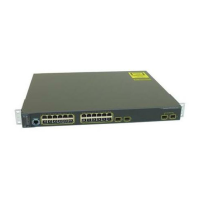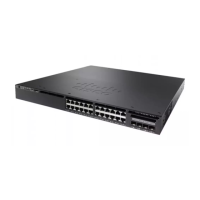CHAPTER 10
Configuring Wireless Multicast
•
Finding Feature Information, page 241
•
Prerequisites for Configuring Wireless Multicast, page 241
•
Restrictions for Configuring Wireless Multicast, page 242
•
Information About Wireless Multicast, page 242
•
How to Configure Wireless Multicast, page 246
•
Monitoring Wireless Multicast, page 255
•
Where to Go Next for Wireless Multicast, page 256
•
Additional References, page 257
Finding Feature Information
Your software release may not support all the features documented in this module. For the latest caveats and
feature information, see Bug Search Tool and the release notes for your platform and software release. To
find information about the features documented in this module, and to see a list of the releases in which each
feature is supported, see the feature information table at the end of this module.
Use Cisco Feature Navigator to find information about platform support and Cisco software image support.
To access Cisco Feature Navigator, go to http://www.cisco.com/go/cfn. An account on Cisco.com is not
required.
Prerequisites for Configuring Wireless Multicast
•
The IP multicast routing must be enabled and the PIM version and PIM mode must be configured. The
default routes should be available in the device. After performing these tasks, the device can then forward
multicast packets and can populate its multicast routing table.
•
To participate in IP multicasting, the multicast hosts, routers, and multilayer switches must have IGMP
operating.
•
When enabling multicast mode on the , a CAPWAP multicast group address should also be configured.
Access points listen to the CAPWAP multicast group using IGMP.
IP Multicast Routing Configuration Guide, Cisco IOS XE Release 3.6E (Catalyst 3850 Switches)
OL-32598-01 241
